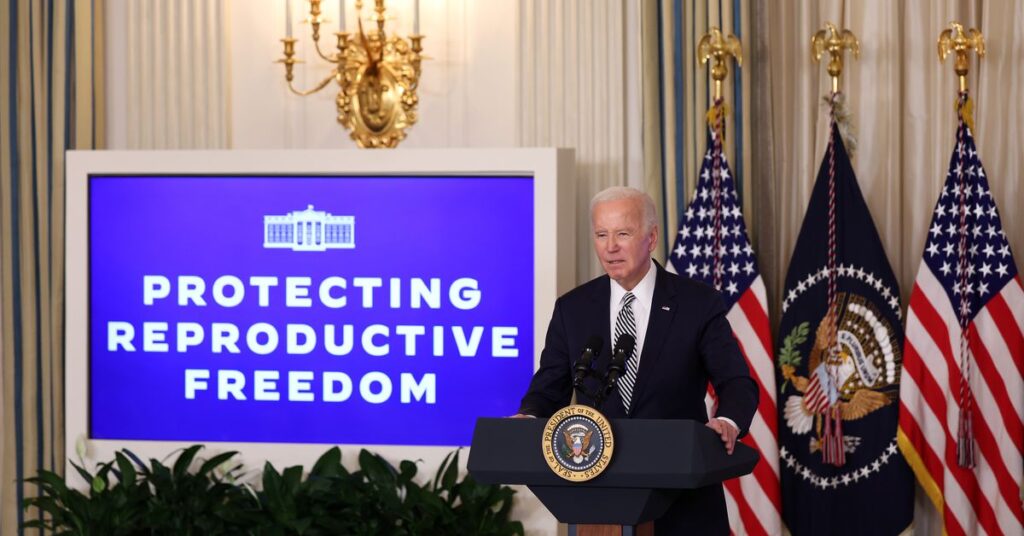It’s no secret that Democrats are leaning hard into running on abortion rights for the 2024 cycle. Joe Biden has promised to bring back “the protections of Roe v. Wade in every state” and Congressional Democrats say abortion rights will be their top issue this coming year.
Democrats’ decision to center the overthrow of Roe is rooted largely in the massive success they’ve had running on abortion rights over the last two years, which helped them win a slew of special elections and outperform expectations in the 2022 midterms, staving off a red wave and keeping control of the US Senate. Pro-abortion ballot measures won in all seven states in which they appeared on the ballot since Dobbs, even in red states like Kentucky, Montana, and Kansas.
The party can point to critics who warned incorrectly that Democrats had erred in focusing so much on reproductive freedom, and public polling also underestimated the extent to which abortion rights motivated the midterm electorate.
Given this strategy’s success in the midterm and special elections, centering abortion rights seems like a safe bet for Biden in 2024. But the special circumstances of presidential elections — and the masses of voters they tend to attract — suggest this strategy is more of a gamble than it first appears.
Though abortion rights helped mobilize the kinds of voters likely to cast ballots in midterm and special elections, the presidential electorate generally looks different from those in off-cycle years. Roughly 160 million Americans cast ballots in the 2020 election, or 67 percent of the voting-eligible population. By contrast, just 112 million people voted in 2022, or 46 percent of those eligible.
Those who turn out every two years to vote — for primaries, midterms, presidential contests, and even special elections — are what scholars refer to as “high-propensity” voters. These people tend to be more highly educated and less diverse than those who only turn out once…
Read the full article here





